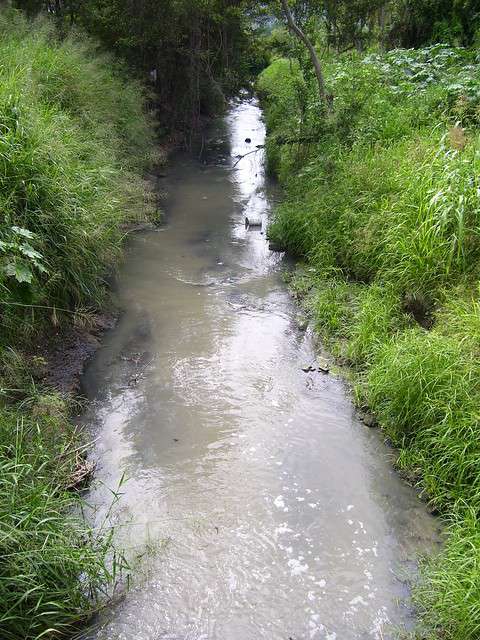
Water use is ubiquitous throughout the agricultural processes that give rise to most of the foods we eat. Fifty years ago, people assumed this resource was infinite given that they consumed less food than we do today and thus required only one-third of our current water volume use. Now, the competition for water has intensified as the task of feeding seven billion people competes with industrial uses of water for biofuel production, for example, as well as to support urbanization. In this milieu, the reuse of agricultural wastewater that either flows off farm fields (also known as irrigation tailwater) or is effluent from the processing of crops and processed food is increasingly common.

Every part of agricultural production uses water, from growing and washing produce to feeding animals. As the demand for vegetables, fruits and meat has grown, so too has competition over water.
Image Source: Flickr user Darren Flinders
But the details of this solution to water scarcity should not be trivialized. Agricultural wastewater often scores high in organic matter as well as salts, nutrients, pesticides and other chemicals used for the protection of crops and the increase of crop yields. Given the concentrations of these other materials, agricultural wastewater is often blended with lower-salinity source water or even desalinized in order to address the issue of its high salt content. Still, the reuse of contaminated water is an ever-present concern, which can significantly compromise human health by exposing individuals to produce polluted by pathogens or man-made chemicals.


